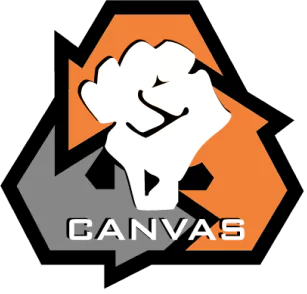Mar 3, 1913-1913
United States of America
National Woman’s Party Parades
Share
ACTIVISTS/ACT.GROUPS/DESCRIPTION OF THE GROUP
National Woman's Paty
TARGET
Uinted States government
WIDELY HELD BELIEF
Women’s voting rights must be prioritized.
CASE NARRATIVE
Issue and Opponent: From 1912 to 1920, the National Woman’s Party used various tactics to spread its message about the vote for women. The first American suffrage parade took place in 1908. In February of that year, a small band of 23 women affiliated with a new militant organization, the American Suffragettes. A few months later, 300 suffragists in Oakland, California, marched into a state political convention holding banners and streamers demanding the right to vote. That same month, 100 women in Boone, Iowa, paraded through the streets with suffrage banners welcoming national leader Anna Howard Shaw to their state suffrage convention. The first sizable suffrage parade, however, took place in New York City on May 21, 1910. More than 400 women marched, and many more rode in automobiles. This parade, as well as the increasingly larger ones in May 1911 (an estimated 3,000 marchers), May 1912 (10,000), and November 1912 (20,000), were organized principally by Harriot Stanton Blatch, who like Alice Paul and Lucy Burns, participated in the British suffrage campaign. These parades intended to dazzle and impress viewers, attract recruits, gain the attention of legislators who found it easy to ignore petitions for suffrage and dispel unfavorable perceptions of suffragettes as pathetic spinsters or aggressive shrews who neglected their families and bullied their husbands. Dilemma Action: On March 3, 1913, thousands of women gathered in Washington, D.C. calling for a constitutional amendment guaranteeing women the right to vote. While women had been fighting for suffrage for over 60 years, this marked the first major national event for the movement. The parade was led by Alice Paul and the National American Woman Suffrage Association. Riding atop a white horse, activist Inez Milholland, led over five thousand suffragettes up Pennsylvania Avenue, along with over 20 parade floats, nine bands, and four mounted brigades. Organizers of the parade also maximized attention to the event by strategically hosting it just one day before the inauguration of President-elect Woodrow Wilson. As the women marched from the U.S. Capitol toward the Treasury Building, they met thousands of spectators, many in town for the inauguration. Marchers were instructed by parade organizers to walk with dignity and convey a serious, respectable demeanor compatible with that of a responsible voter. Watching women of all classes parading down public roads demanding voting rights disturbed many men and even some women, including moderate suffragists. Bands and opulent floats provided visual relief from the steady stream of marchers. Some participants wore special color-coordinated outfits, and others wore white dresses. Carefully designed and sewn or embroidered banners were used as rhetorical devices to convey political messages. Outcome: The procession began late, but all went well for the first few blocks. Soon, however, the crowds, mostly men in town for the following day’s inauguration of Woodrow Wilson, surged into the street making it almost impossible for the marchers to pass. Some marchers were jostled, tripped, and violently attacked, while police on the parade route did little to help. One policeman explained that they should stay at home where they belonged. By the end of the day, over 100 women were hospitalized for injuries. However, the women did not give up; they finished the parade. Their experiences led to major news stories and even congressional hearings. Historians later credited the 1913 parade for giving the suffrage movement a new wave of inspiration and purpose. The organizers of the parade intended its floats and pageant to have visual appeal for the media and thus to attract publicity for the movement. Photographers recorded the women’s activities for newspaper readers and these images live on in newspapers and photo archives.
PRIMARY STRUGGLE/GOAL
NONVIOLENT TACTICS USED
DA TACTICS USED
Assemblies of protest or support
Marches
Parades
CASE NARRATIVE WRITER
SUCCESS METRICS
7 / 12
(CONC) Concessions were made
(MC) Media Coverage
(OR) Opponent response
(PUN) Punishment favored the activists
(REFR) Dilemma action reframed the narrative of the opponent
(RF) Dilemma action reduced fear and/or apathy among the activists
(SA) Dilemma action appealed to a broad segment of the public
PART OF A LARGER CAMPAIGN
3 / 3
Activist group continued working together after the action
Encouraged more participants to join the movement
Internally replicated by the same movement
RESOURCES
Project documentation
Dilemma Actions Coding Guidebook
Case study documentation
Dilemma_Actions_Analysis_Dataset
SOURCES
Anon. N.d. “Tactics and Techniques of the National Woman’s Party Suffrage Campaign” Library of Congress. Retrieved July 14, 2023. (https://www.loc.gov/static/collections/women-of-protest/images/tactics.pdf).
Anon. N.d. “Historical Overview of the National Womans Party.” Library of Congress. Retrieved July 14, 2023. (https://www.loc.gov/collections/women-of-protest/articles-and-essays/historical-overview-of-the-national-womans-party/).
Anon. 2021. “1913 Woman Suffrage Procession.” National Park Service, November 5. Retrieved July 14, 2023. (https://www.nps.gov/articles/woman-suffrage-procession1913.htm).
Bell et al. N.d. “Chapter 1: The Congressional Union 1913-1916.” University of Washington. Retrieved July 14, 2023. (https://depts.washington.edu/moves/NWP_project_ch1.shtml).
Cohen, Danielle. 2016. “This Day in History: The 1913 Women’s Suffrage Parade.” The White House Archives, March 3. Retrieved July 14, 2023. (https://obamawhitehouse.archives.gov/blog/2016/03/03/this-day-history-1913-womens-suffrage-parade).
Anon. N.d. “Marching for the Vote: Remembering the Woman Suffrage Parade of 1913.” Library of Congress. Retrieved July 14, 2023. (https://guides.loc.gov/american-women-essays/marching-for-the-vote).
Related cases
Mar 1, 1984-1984
Nigeria
Pan Ocean Oil in Nigeria had seized land from the people without compensation and had caused pollution damage. The community did not have a reliable water well or elec...
/
Oct 13, 1996-1996
United States of America
During Bill Clinton’s Administration in 1992-1996, AIDS killed over 200,000 Americans. Despite posing as the defender of people with AIDS, Bill Clinton broke mos...
/
Mar 3, 1913-1913
United States of America
Like parades, suffrage pageants, and tableaus had deep historical roots, which the suffragists tapped into when looking for ways to attract publicity and new members. ...
/
Subscribe to our newsletters to get full access to all materials on our website.

